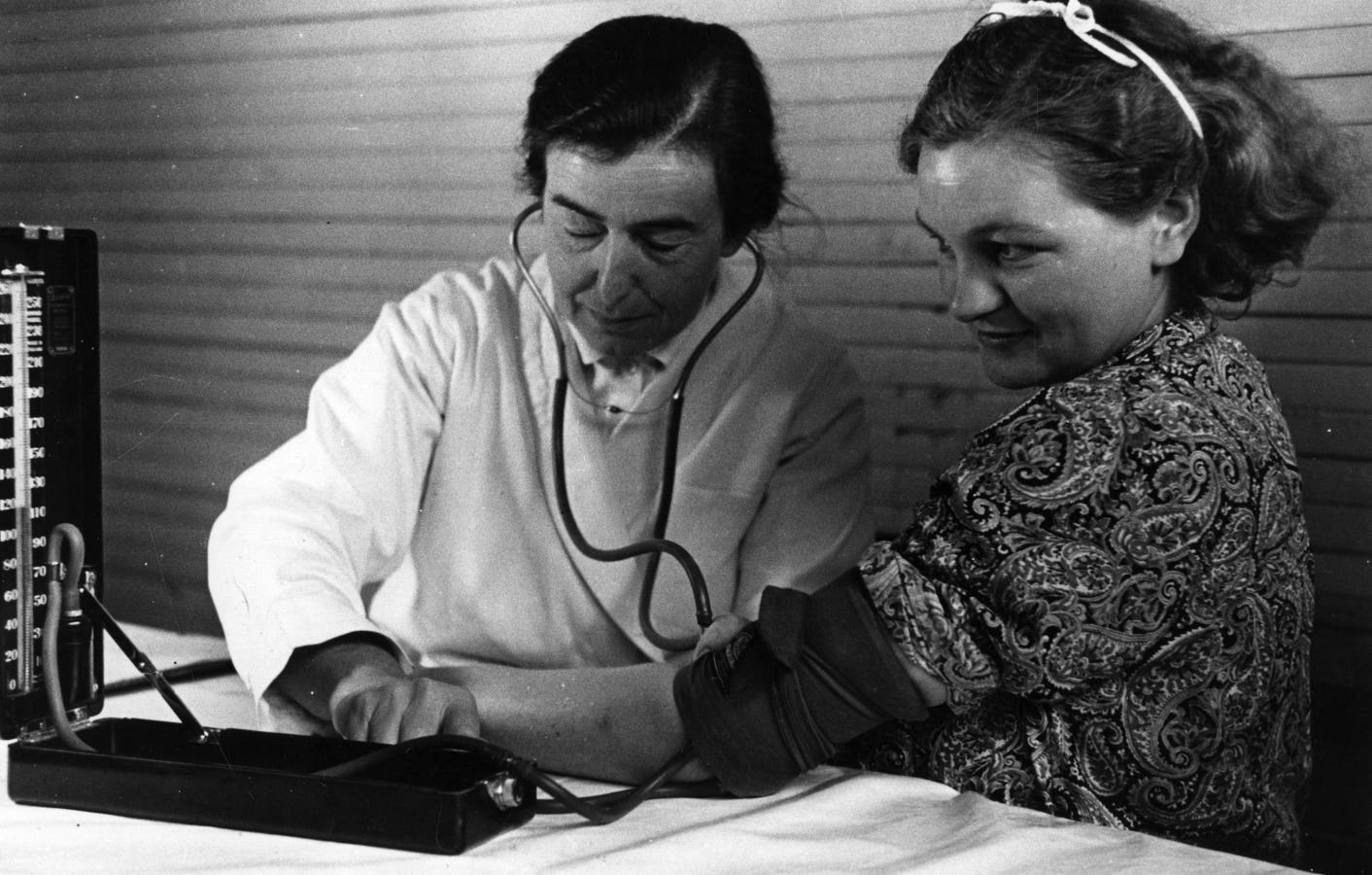A new study of over 776,000 patients found that those who were treated by women physicians had lower mortality and re-admission rates compared to those who consulted male physicians. The study’s findings further revealed that these benefits of receiving treatment from women physicians were larger for female patients.
“Studies have shown that treatment by female physicians leads to improved communication effectiveness, better rapport, and greater agreement about advice provided in female patients,” the researchers wrote. “Some (prior) studies also suggest that seeing a female physician is associated with higher quality-of-care processes, especially in female patients.”
To further investigate the benefits of getting treated by women physicians, researchers from the University of Tokyo delved into two data sources: Medicare claims Medicare Data on Provider Practice, and Specialty. They then studied the data of 458,108 female and 318,819 male patients who were 65 years or older and had been hospitalized with a medical condition between 2016 to 2019. Out of that, 31.1% of female patients and 30.6% of male patients were treated by women physicians.
“We found that both female and male patients had a lower adjusted re-admission rate when treated by a female physician,” the researchers noted. “For male patients, the differences in patient mortality between female and male physicians were small in magnitudes across primary diagnoses.”
“Among female patients, a trend toward lower patient mortality was seen among female physicians across several conditions that we examined, although the magnitude of the differences varied by conditions,” they explained. “In particular, patients treated by female physicians had a lower 30-day mortality rate than those treated by male physicians for nervous system diseases.”
Additionally, female patients who received treatment from women physicians had a lower re-admission rate for kidney and urinary conditions. “The benefit of receiving care from a female physician was larger for female patients than for male patients across all conditions except circulatory conditions for mortality and nervous conditions for re-admission,” the researchers added.
“The observed differences in mortality among female patients were particularly notable among those who were severely ill. Taken together, these findings suggest that treatment by female physicians may have a beneficial impact on female patients (especially severely ill female patients) but not necessarily on male patients,” they concluded.
According to the authors, there could be several reasons why treatment by women physicians could be associated with better outcomes among patients who are women but not men. First, male physicians might more commonly underestimate the severity of an illness among their female patients. This is because there are gender/sex differences in the reported patterns of pain and gastrointestinal and cardiovascular differences.
A 2019 study found that male physicians are far more likely than their women counterparts to underestimate the risks of strokes among female patients. “Under-appreciation of symptoms and risks among female patients may result in delayed or incomplete care, ultimately leading to poorer patient outcomes. These issues may be exacerbated by the limited opportunities for systematic medical training in women’s health in general medical curricula,” the researchers observed. “Second, being treated by female physicians may be associated with patient-centered and effective communication among female patients, as previous studies in primary care and obstetrics and gynecology settings have reported.”
“Ineffective communication hinders patients from providing crucial information for accurate diagnoses and treatment, potentially leading to suboptimal outcomes. Third, treatment by female physicians may help alleviate embarrassment, discomfort, and socio-cultural taboos during sensitive examinations and conversations (for example, involving private body parts) for female patients. Female patients who receive care from male physicians may experience incomplete physical examinations,” the authors added.
The study was published in the Annals of Internal Medicine on April 22, 2024.
Read the full article here





